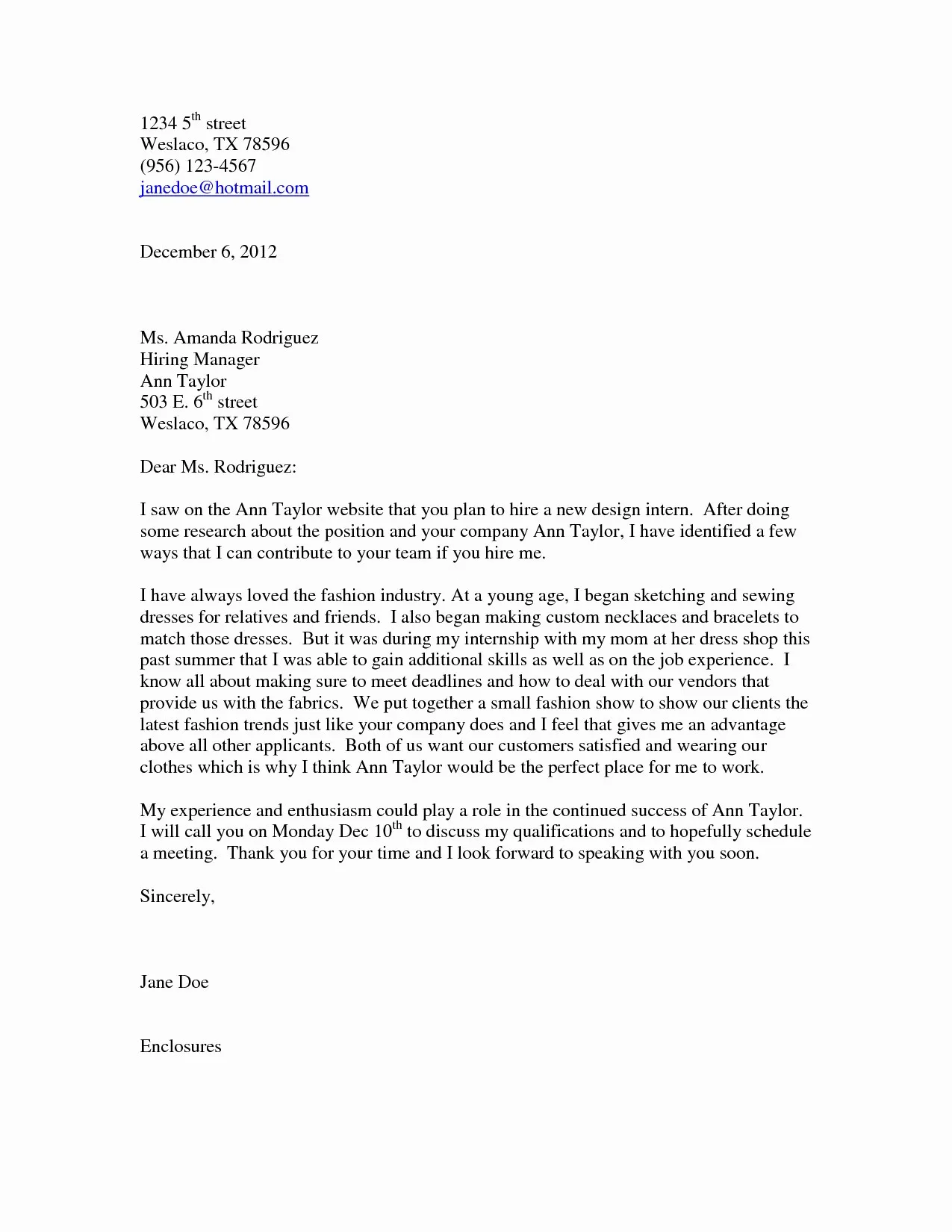Why Addressing Matters in Cover Letters
Your cover letter is your first impression, and the way you address it sets the tone. Addressing the recipient correctly demonstrates professionalism, attention to detail, and respect for the company. A personalized cover letter shows you’ve taken the time to research and understand the organization, making it more likely to capture the hiring manager’s attention. It’s a chance to show your interest and enthusiasm right from the start, increasing the impact of your application. A well-addressed cover letter can make you stand out from the mass of generic applications, conveying a sense of genuine interest in the role and company, thus, improving your chances of getting noticed and selected for an interview. Addressing the recipient properly makes your cover letter more effective and personal.
Why is Addressing an Unknown Person a Challenge?
The main challenge is the lack of a specific name. Without a direct contact, it’s harder to personalize your letter and convey that you’ve put in extra effort. Relying on generic greetings can make your cover letter seem less engaging and may even be perceived as less professional. Many applicants struggle because they don’t want to use a generic greeting, but they also don’t want to guess the name and get it wrong. This challenge often stems from the design of the job listing or the company itself, where the direct contact details may be intentionally hidden or not provided for various reasons, such as managing the volume of applications. This necessitates using strategies to still make a strong impression without a name.
Research and Investigation to Find the Right Person
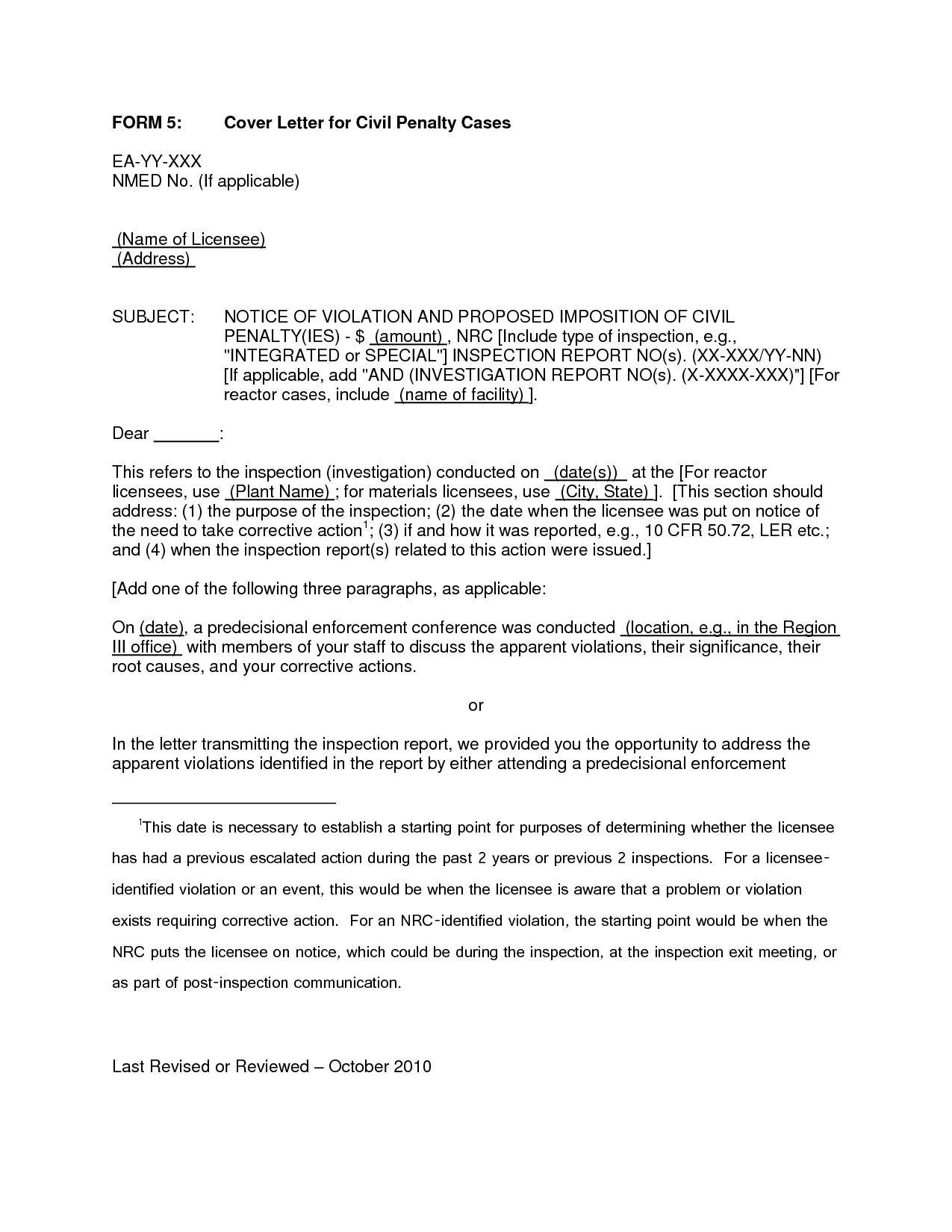
Before resorting to generic greetings, invest time in finding the right contact. Start by thoroughly reviewing the job posting, looking for any hints about who will be reviewing applications. Check the company’s website for an ‘About Us’ or ‘Contact Us’ section. These pages might list key personnel or provide contact information for the HR department. Also, look for a specific person who works with hiring managers. Sometimes, the job listing itself will have a contact name. However, if not, you can check the company’s website, and search for the team that the job is in. If you find a list of employees, you can look for the hiring manager or contact person.
Use Company Website or LinkedIn to Find a Contact
LinkedIn is a goldmine for finding the right person. Search for the company and then browse through the employees. Filter your search based on job titles such as ‘HR Manager,’ ‘Recruiter,’ or the specific title related to the role you are applying for. Check the company’s website, looking for an ‘About Us’ or ‘Contact Us’ section. Look for potential hiring managers or HR contacts. If you find a name, cross-reference it with LinkedIn to confirm you have the correct spelling and title. If you find the HR department or recruitment team, check them as well. If the website has a list of employees or an ‘Our Team’ section, use that to identify the hiring manager or the contact person, and then check them out on LinkedIn to make sure it is up to date.
When You Cannot Find a Specific Name
Despite your best efforts, sometimes you can’t find a specific name. In these cases, you have other options. Don’t worry! You can still write a great cover letter that shows you are professional. Try researching the department you are applying to. If you are applying for a marketing position, you can address the marketing team instead. When the name is truly elusive, you have to opt for a general salutation. The key is to make sure it is professional and not out-dated. If you are unable to find a specific person, choose an appropriate, professional greeting that reflects your respect for the company and the position.
Use General Salutations to Address the Hiring Manager
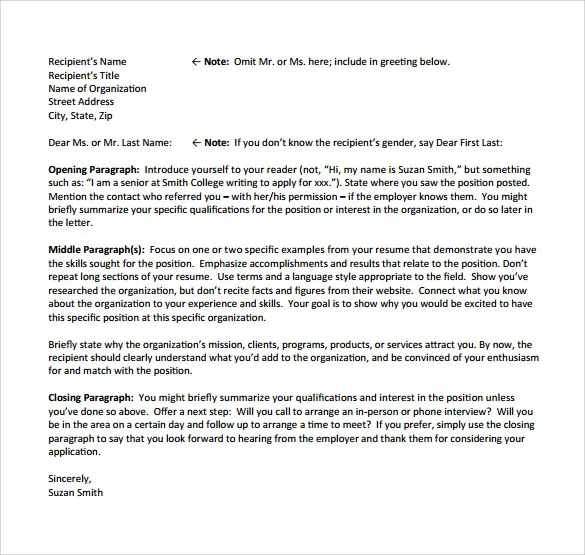
When you cannot find a specific name, the hiring manager is your next best bet. Phrases like ‘Dear Hiring Manager’ or ‘Dear [Company Name] Hiring Team’ are generally accepted. If you have some idea about the department, for example, ‘Dear Marketing Team,’ that shows you have tried to research. If you do know a name, but it seems slightly risky, such as the name is associated with the company, but not directly with the role, it is better to go with the general salutation to avoid an error. Some applicants also prefer to use ‘To Whom It May Concern,’ but this greeting should be used sparingly, as it’s considered impersonal by some, making a bad first impression.
Consider Using a Job Title Instead of a Name
If you know the job title of the person you want to reach, but not their name, it’s acceptable to use the title. For example, ‘Dear Chief Marketing Officer’ or ‘Dear Recruitment Manager’ is a good alternative. This approach still shows you’ve done your research and demonstrates respect for the position. Researching the company on LinkedIn can sometimes reveal job titles, even if specific names are unavailable. When using this method, it is critical that you are certain the title is correct. Verify the job title by checking the company’s website, LinkedIn, or the job posting itself. This shows you are professional, and you pay attention to detail. Make sure that if you use a job title, you spell the job title correctly.
Common Cover Letter Salutations You Can Use
Here are several common and effective cover letter greetings you can use when you don’t know the name: ‘Dear Hiring Manager,’ ‘Dear [Department] Hiring Team,’ ‘Dear [Company Name] Recruitment Team,’ and ‘Dear [Job Title]’. Another great option is ‘Dear [Company Name] Team.’ If you are applying for a senior role, you can try ‘Dear [Title]’. Always remember to keep the salutation formal and respectful. Avoid overly casual greetings as they may be viewed negatively. No matter what you choose, your greeting should set a professional and positive tone. Keep the letter focused on the job you are applying for, and how you meet the requirements. Your cover letter should grab the reader’s attention.
Examples of Effective Cover Letter Greetings
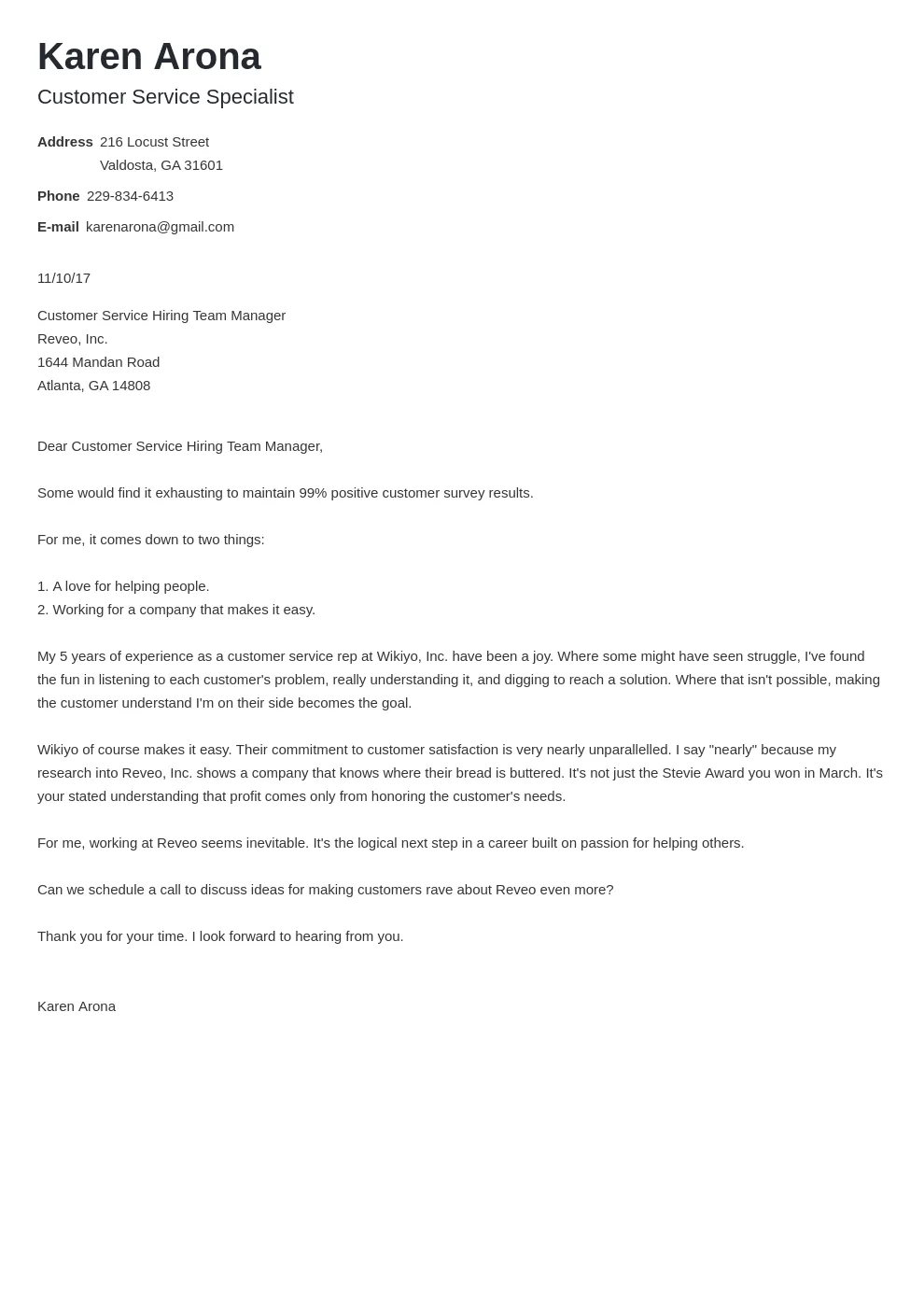
Here are a few examples to guide you. If you’re applying for a marketing role and can’t find a name, you might use ‘Dear Marketing Hiring Team.’ For a more general approach, ‘Dear Hiring Manager’ works well. For a position in Human Resources, ‘Dear HR Department’ is suitable. If you are applying for a management position, you can use ‘Dear Recruitment Manager.’ Using the title is more formal. Keep it professional and respectful. Double-check the job posting to make sure the title is correct. No matter what greeting you choose, the goal is to convey your enthusiasm and professionalism. A great greeting sets the tone for the rest of your cover letter. Show that you have done your research and that you are professional.
Avoid Outdated or Informal Greetings
Some greetings are best to avoid, as they can make your cover letter appear unprofessional. Phrases such as ‘To Whom It May Concern’ are outdated and impersonal. While they are acceptable, they don’t make a great first impression. Avoid informal greetings like ‘Hey there’ or ‘Hi folks,’ as these are too casual for a cover letter. These greetings do not convey respect or demonstrate that you have taken the time to understand the company. Always opt for a greeting that is respectful and professional. When in doubt, lean towards formality to ensure you make a positive first impression. Avoid overly casual greetings as they may be viewed negatively.
Formatting Your Cover Letter Address
Formatting your cover letter address correctly is also essential for professionalism. Always align your address to the left. Start with the salutation, followed by a comma or colon, like ‘Dear Hiring Manager,’ or ‘Dear Marketing Team’ . Use a clear and readable font, such as Times New Roman or Arial, with a font size of 10–12 points. Ensure your cover letter is well-structured and easy to read. This includes proper spacing between paragraphs and sections. The goal is to make your letter look clean and professional. A well-formatted cover letter reflects your attention to detail and respect for the hiring process. Make sure there is a space between your salutation and the first paragraph.
Formatting Best Practices for Address
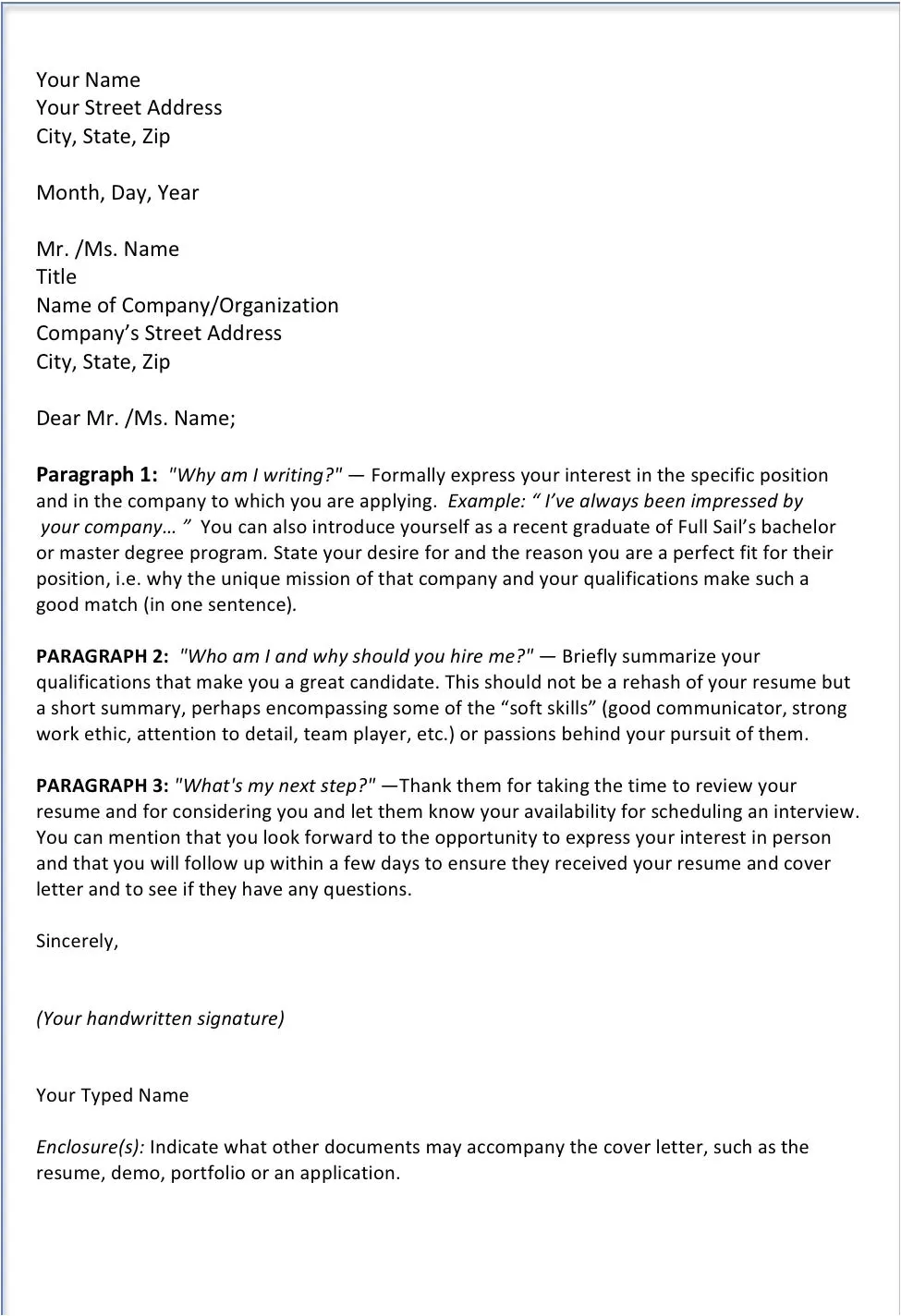
Follow standard formatting guidelines to maintain professionalism. Always include your name, address, phone number, and email address. The date should be included above the salutation. Keep the format consistent with your resume. If you are using a printed letter, make sure the address is clear and easy to read. If you are submitting your cover letter online, use a common font. Avoid excessive use of bolding, italics, or underlining. Be sure to include a space between your address and the body of your letter. Always double-check your formatting before submitting to catch any mistakes. A well-formatted address, combined with a thoughtful salutation, will convey professionalism and respect.
Review and Proofread Your Cover Letter
Proofreading is the last step. Errors in your cover letter can make you appear careless. Read your cover letter carefully, and then proofread it again. Check for any errors in spelling, grammar, and punctuation. Make sure the formatting is consistent and easy to read. Consider using grammar-checking software or asking a friend to review your letter. Double-check that you have used the correct name, job title, and company name. Verify all contact information for accuracy. Reviewing your cover letter will give you the best chance of landing the job you want. It shows you care and are serious about getting the job. A polished cover letter gives you the best chance to get noticed by the hiring manager.
Things to Avoid when Addressing Unknown Person
There are several things to avoid to maintain professionalism. Avoid guessing the name of the recipient and using it if you are unsure. This could lead to embarrassment if you are wrong. Avoid using casual greetings. Keep your tone professional and respectful, even if you can’t find a name. Do not use slang or jargon. Avoid using generic phrases. Be sure that you have the name and the job title correct, if you choose to use them. Double-check that your contact information is correct. Ensure that your formatting is professional and consistent with the rest of your cover letter. Double-check your letter for mistakes.
The Impact of a Well-Addressed Cover Letter
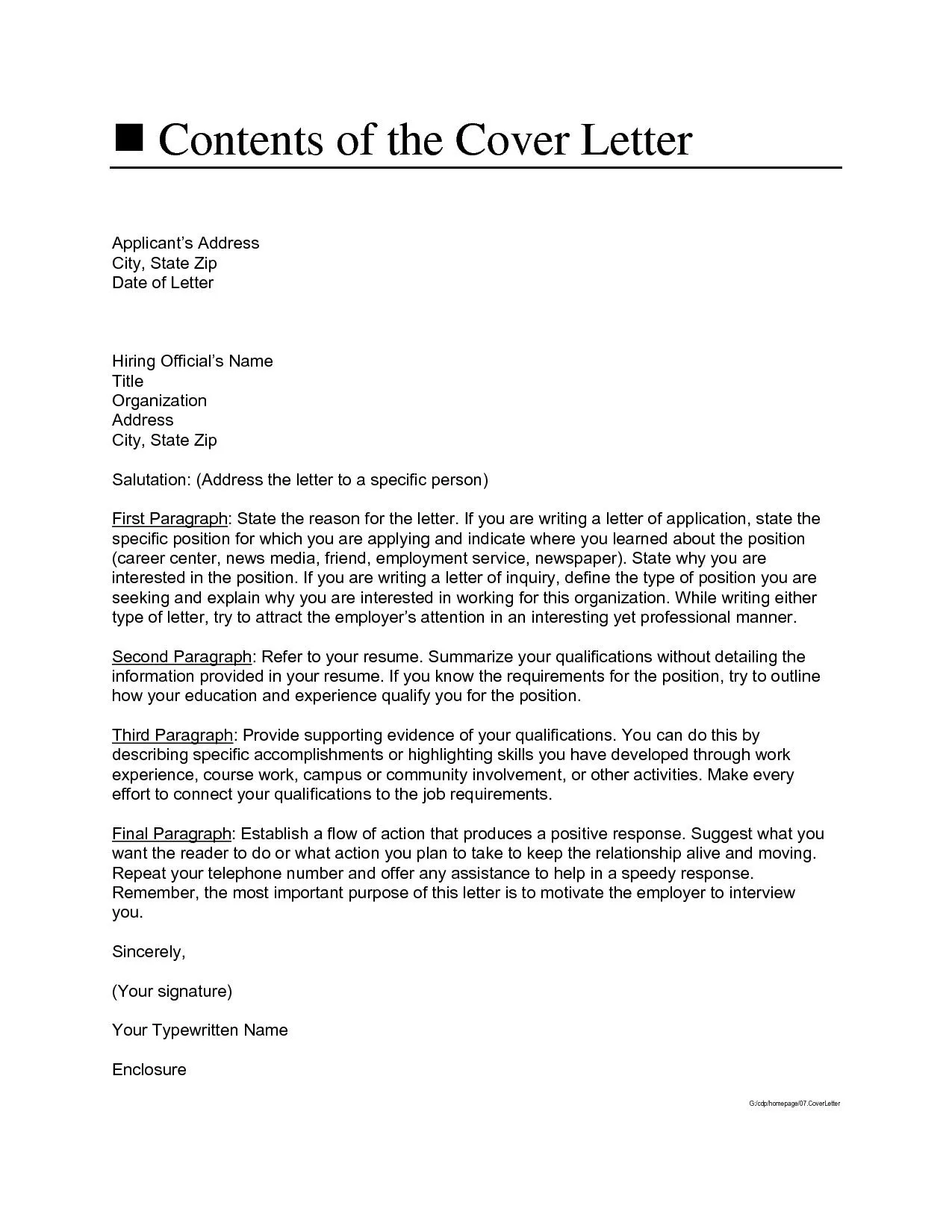
A well-addressed cover letter makes a significant impact. It shows you have done your research, care about the opportunity, and pay attention to detail. It sets a positive tone for the rest of your application, making the hiring manager more likely to read your entire letter. The greeting is your first opportunity to impress. A well-crafted cover letter increases your chances of getting noticed. Taking the time to correctly address your cover letter demonstrates respect, enhancing your application. A well-addressed cover letter is a crucial step toward securing an interview and ultimately landing the job. It shows that you have taken the time to learn about the company and understand the position.
